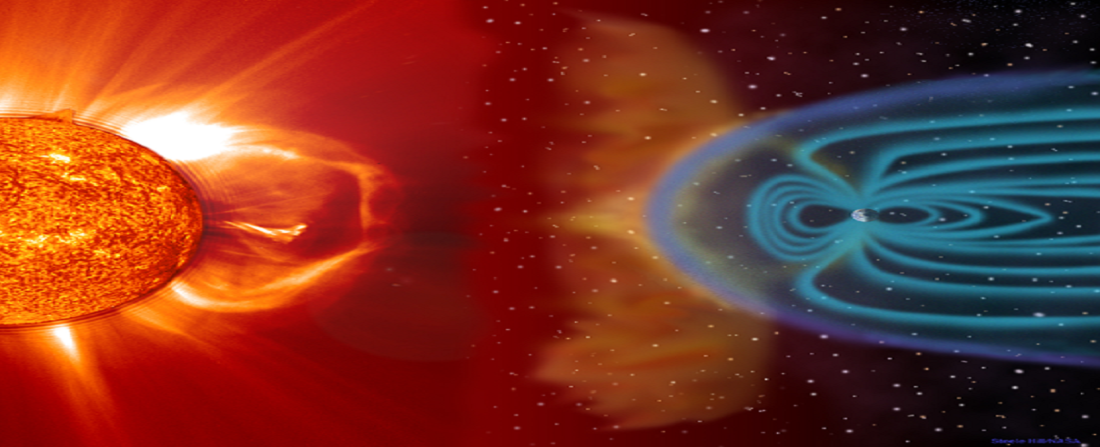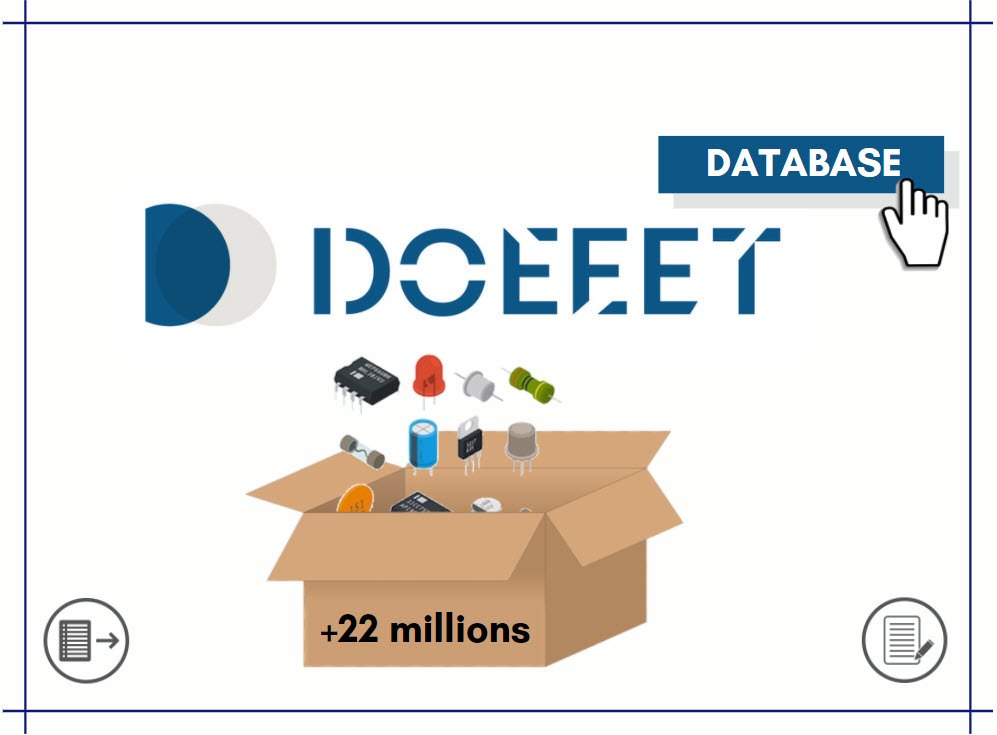
Radiation Effects on EEPROM Memories
- Posted by Manuel Sánchez Ruiz
- On November 11, 2020
- 0
As we know, the radiation environment is one of the hardest conditions for parts to withstand in Space missions. Its effects can be critical for equipment and therefore must be accounted for Product Assurance requirement.
Memories, as active microcircuits, are not free of the effects of radiation, being affected mainly by Total Ionizing Dose (TID) Effects and Single Event Effects (SEE).
EEPROM devices are especially critical in the design since they are used to upload the instruction to the microprocessors and other configurable devices (boot code of these parts); this is, as configuration memories. Also, they are used to store debugging information, which is key to depurate errors in configurable devices. Any modification of its content because of a bit error (1 to 0 or 0 to 1) due to radiation causes could lead to major consequences. While writing of EEPROMS during flight mission is considered of high risk based on the high susceptibility of these devices during writing mode (during writing, voltages applied are higher), the susceptibility during the so-called read mode is considerably lower. In any case, bits stored in EEPROM (and any other memory in general) is subject to dedicated data retention and radiation analysis because of the crucial role of these parts for the complete performance of the system.
Concerning TID effects, EEPROM memories are formed by arrays of floating gate transistors, which are manufactured using MOS technology. This way, as a general, EEPROM memories will be sensitive to TID effects, but not subject to Enhanced Low Dose Rate Sensitivity (ELDRS). Furthermore, these transistors are relatively strong to TID effects and provide a good SEE performance, resulting in the fact that they are not the most sensitive kind of memory to radiation effects.
In accordance with ECSS-E-ST-10-12C,
“Methods for the calculation of radiation received and its effects, and a policy for design margins” possible effects on EEPROMS would be: threshold voltage shift, decrease in drive current, decreased in switching speed and increased leakage current.
Concerning Single Event Effects (SEE), and considering the same standard as for TID, EEPROM memories are particularly sensitive to SEL (Single Event Latch-Up; is a destructive effect that is created by a thyristor parasitic structure in the device), SEDR (Single Event Dielectric Rupture: an ionized particle within the dielectric forms a conductive path), SEFI (Single Event Function Interrupt: the strike of a particle leads to a temporary interruption of the device performance) and SED (Single Event Disturb; similar than a Single Event Transient but for digital microelectronics).
Further investigations provide a deeper study of the SEE sensitivity on EEPROM memories. For example, it is known that EEPROMS are more sensitive during the write mode, not only for SEE, where SEFI becomes a critical aspect but also for TID, where they fail at lower dose levels. On the other hands, EEPROMS are not affected by heavy ions during the reading mode, although reading errors can occur due to the sensitivity of other elements of the circuit.
Concerning TNID, EEPROMS are not sensitive due to the use of MOS technology.
Considering this, it can be understood how important it is, when selecting an EEPROM for a Space mission, to choose one with available radiation sensitivity data. If the memory is not TID hardened, it will need as a first approach an RVT (Radiation Verification Testing) in terms of TID, unless the existing data prove applicable to the lot under procurement. In relation to SEE, a report showing the sensitivity of the part to the aforementioned effects can be enough to avoid the performance of SEE-RVT, if the results are satisfactory (as SEE sensitivity depends on the process/technology of the part and not on the specific lot procured.
- Platinum Temperature Sensors Solderability Issues - May 27, 2022
- Importance of Alert and Obsolescence Management on Space Projects - February 25, 2022
- What is a PoL converter and when should I use it - November 16, 2021


0 comments on Radiation Effects on EEPROM Memories